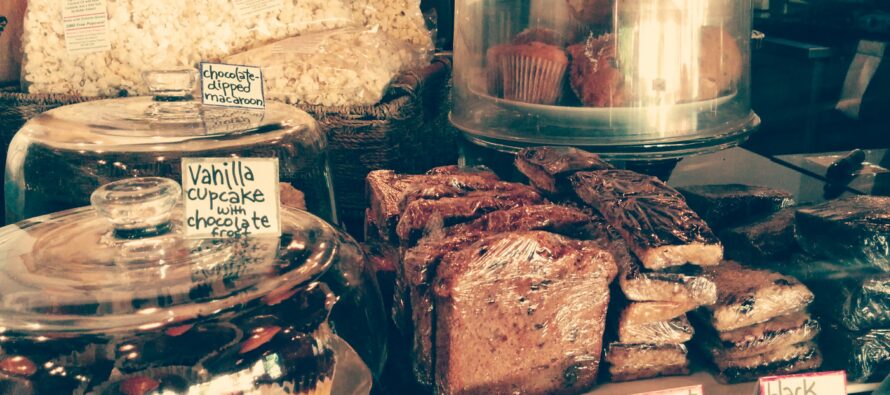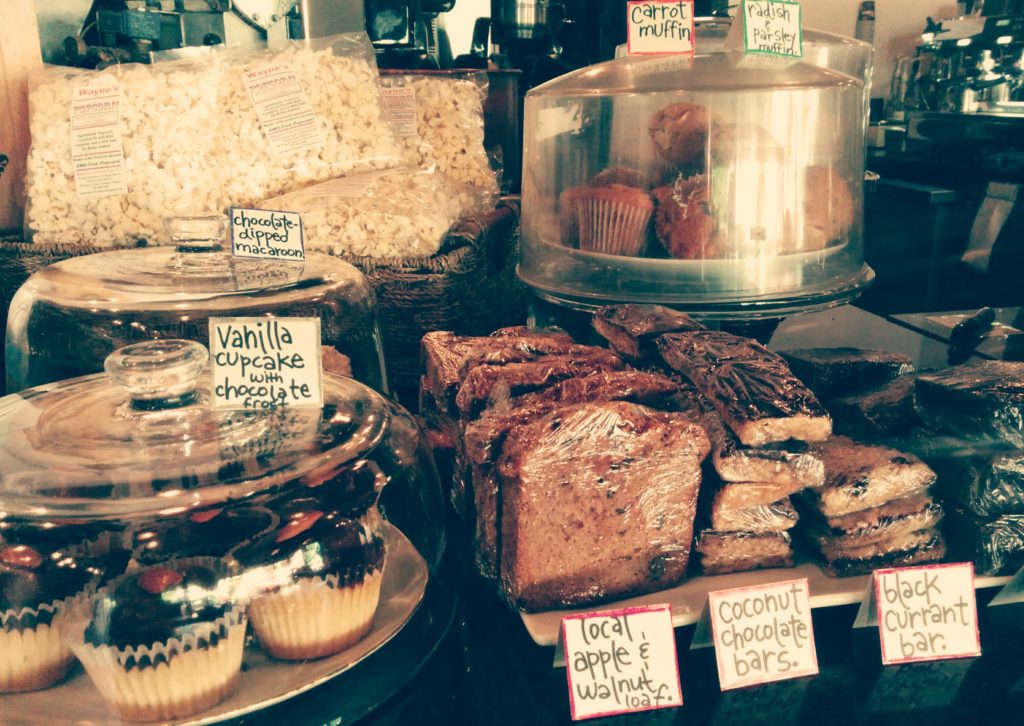Breaking 8 Food Storage Myths

Food storage is one of the most important process for homesteaders, off-gridders or anyone preparing for a TEOTWAWKI situation. That said, it is common that preppers wrongly store food and water by either storing it in the wrong way or storing the wrong thing.
There are many articles in the web but there are also many people who took the myths without questioning and advocated it.
Hence, I would like to provide a comprehensive guide to store food while debunking myths which are commonly known but might cost your life! I would break the tips into 8 points as below:
Myth 1: Water can expire
I would like to start with the most important source for our survival. Basically, water cannot expire but it can only become contaminated be it chemically or biologically. The stale taste of water can be eliminated by rotating your water and purifying it.
The ideal conditions for storing water is by putting the water in a dark, cool area which is not directly on concrete or near strong fumes or chemicals. Of course, the water stored must start out clean. Of course the ideal way would be to store water in a glass bottle but how many of us could afford it? Hence, it would be more feasible for us to store water in a BPA-free and heat resistant plastic.
You should not limit your choice to water barrel because you cannot solely rely on the barrel for all SHTF situation. If you have to evacuate your home, you will not be able to carry a barrel of water with you! Therefore, you should prep some water containers for the worse to come.
Myth 2: Food can be stored in any type of plastic container
In actual fact, food and water should be stored in a UV-resistant, food-grade plastic container or in metallized bags. I would like to share more about water storage in this particular point. Traditionally, water storage barrels are blue because this color limits light exposure and biological growth.
Never use milk jugs or disposable water bottles for water storage because such containers are biodegradable and are not great for long-term storage. As cliché as it might sound, getting a solid container which is BPA-free is definitely better than flimsy container. Take note of its quality.
Plastic which are generally considered safe for food or water are PETE(Polyethylene Terephthalate), HDPE(High Density Polyethylene), LDPE(Low Density Polyethylene) and PP(Polypropylene) plastic. As for the HDPE plastic.
As for plastic to avoid, there are a few which are PVC (polyvinyl chloride) which contains carcinogens during manufacture and incineration, PS (polystyrene) which possible has carcinogen etcetera ( usually polycarbonate (PC) may leach BPA (Bisheno-A).
Myth 3: When you are hungry you will eat it
It is natural for us as humans to get bored or even loath food which are fed to us over and over again without taking a break. Hence, if a SHTF situation happen, we would have to dig into our food storage. If it just only one type of food be it the best ice-cream you can find, it will still taste mild after eating eat for days or even weeks.
Besides, eating the same food over and over is not nutritious to the body because the body needs a variety of nutrients to function properly especially when a problem comes up.
Hence, be sure to stock up on several kinds of food and not be thrifty especially when it comes to preparedness. You would definitely want to make sure that you would not get sick of the food you stock up during any SHTF situation.
Myth 4: Food storage is way too expensive and I can’t afford it
Some people who are sceptical might say that food storage is costly and causes unnecessary hassle. Some people might argue that they do not want to waste food. Actually, when you look at how long modern food storage lasts, you could have a year of food supply with just as little as $100 a year.
Also, canned food should not be your only option because you should increase your variety. As for canned food, you have to take note of rusted can which may be saved if it is slightly rusted. The expiration date on the canned food is also not accurate because usually food can be safe to consume years after the expiration date if it is kept in the right way.
Myth 5: I have not enough space for food storage
As for storing the food. There are definitely ways to utilise the space available in your home. For a start, you can start building shelves and storages in the room. Basically, there are all sorts of little nooks and crannies in your home which you can store food. With a little creativity, you can use place under your bed or even under your sink to store food. (but make sure it is in the right condition!)
One word of warning, it is wise to avoid food storage using fridge or cupboards because when there is no electricity, the food in the fridge will go bad and most food in the cupboard needs electricity to prepare and cook.
Having extra food in your cupboard is always a good thing but food which is designed for an emergency is much more feasible and beneficial.
But beware, you definitely need to choose the BEST place to store the food by increasing the shelf life of it by following the rule of thumb below.
Myth 6: Only fanatics and doomdayers get food storage
To me there is now better time to prep than now. If you are still sceptical in about food storage, you can start by increasing your knowledge about food storage before venturing into the world of prepping.
You might be doubtful about a SHTF situation happening and disrupting your food storage but remember, political tensions are building up and economic downturn might be just around the corner. You would never know when you might get fired from work or natural disaster which might happen.
It is definitely great to stay positive, but it must be done in a careful manner with sufficient preparation. Also, preparing for TEOTWAWKI will help some of us to get peace of mind.
Myth 7: The food will last according to the specifications of the company
Most food even from popular companies such as Emergency Essentials does a great job in their side to process the food for storage and then packaging it to increase its shelf life. Under proper conditions, some food can easily be stored for 20 years or more.
To shed some light on the right conditions, the food should not be stored in heat and places with fluctuating temperatures. It should also get protection from light, oxygen and pests. Also, it is recommended to rotate the food because you would want to provide the most nutrition and taste for yourself. Rotation for long-term storage prevents throwing away unused expired goods which saves your money in the long-run.
The humidity in the storage environment should be low to avoid growth of molds and bacteria. The optimal temperature range would be from cool to moderate, which is approximately 40 to 70 degrees. Canned food are not allowed to freeze because freezing them will bulge the cans.
Myth 8: I just have to stack up on a year’s worth of food and I do not have to worry about prepping anymore
This view is highly flawed because prepping for an emergency situation will require you to be ready 24/7. Besides reading continuously and stocking up on goods during cheap sales, you should check on your food supplies constantly because you do not want to starve when anything happens.
Basically, if you lack the time to check on the food, you should at least be able to monitor the conditions of each food and the environment the food is placed in. Checking on the food consistently will give you feedback on the best ways to store certain types of food while increasing the chances that the food will be still good when you are met with any situation.
Conclusion
I hope that I have gotten clear on the myths of food storage and helped you set the right mindset and approach to food storage.
Visit: EZ Battery Reconditioning To Learn More here: http://www.survivalistdaily.com/ezbatteryreconditioning








Let me tell You a sad story ! There are no comments yet, but You can be first one to comment this article.
Write a comment